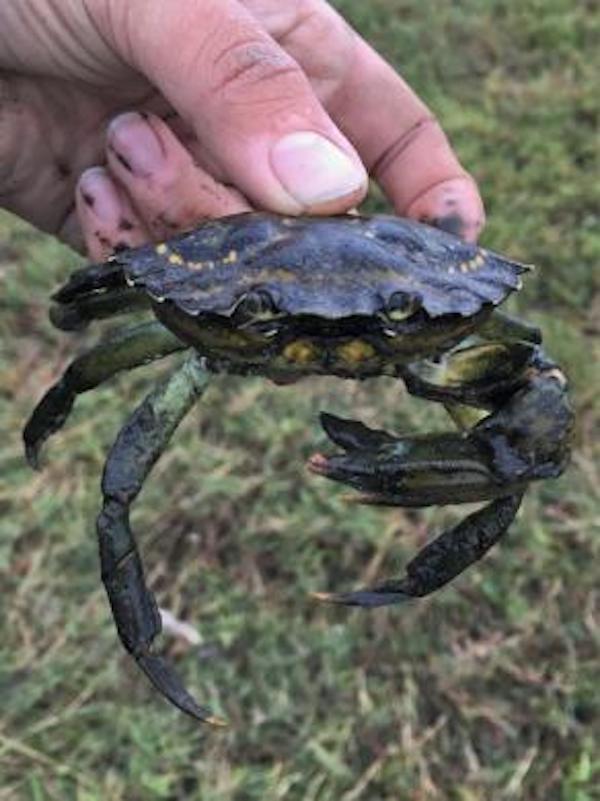Huge Number Of Invasive Crabs Found In North Sound Sea Pond
Staggering news from the North Sound, where more than 70,000 invasive European green crabs have been removed from a shellfish and salmon rearing facility in recent months.

It represents a huge population explosion for the unwanted species that was first recorded in Washington’s inside seas a mere five years ago.
These latest crabs were trapped in the Lummi Nation’s Lummi Sea Pond, a square-mile-plus enclosure on Lummi Bay, between Bellingham and Birch Bay, that is described as a “perfect breeding ground” for the species in a Bellingham Herald article today.
It led the Lummi Nation, WDFW and University of Washington to work together on what is reported to be the “largest European green crab trapping effort since it was detected in the Western U.S.”
One thousand were removed from the same location in September 2020.
The newspaper reports the Lummi Indian Business Council also passed a disaster resolution last week.
The crabs are originally from European waters but gained a foothold in Maine and the Canadian Maritime provinces in the 1800s. On the West Coast, they were detected in San Francisco Bay in 1989, and from there were first recorded in Washington’s Willapa Bay and Grays Harbor in 1998, then Sooke, on the Vancouver Island side of the Strait of Juan de Fuca, in 2012.
In September 2016, the first one was found San Juan Island’s Westcott Bay, and more discoveries followed at Dungeness Spit as well as Padilla, Sequim, Samish, Lummi and Makah Bays, and Drayton and Squalicum Harbors.
The crabs are described by Washington Sea Grant as “an able colonizer and efficient predator” that “has the potential to significantly alter any ecosystem it invades. It has been blamed for the collapse of the soft-shell clam industry in Maine. The green crab could threaten Dungeness crab, oyster, and clam fisheries and aquaculture operations in the Pacific Northwest and British Columbia.”
Beachcombers and others can report possible sightings via WSG, or get involved in early detection efforts. A map shows sites likely to be suitable for the species, as well as where they’ve been found so far.
Green crab numbers are also increasing in Oregon’s Coos Bay and are “now at levels where negative impacts are expected to occur,” per a recent paper by researchers at the nearby South Slough National Estuarine Research Reserve as well as Oregon State University.
